
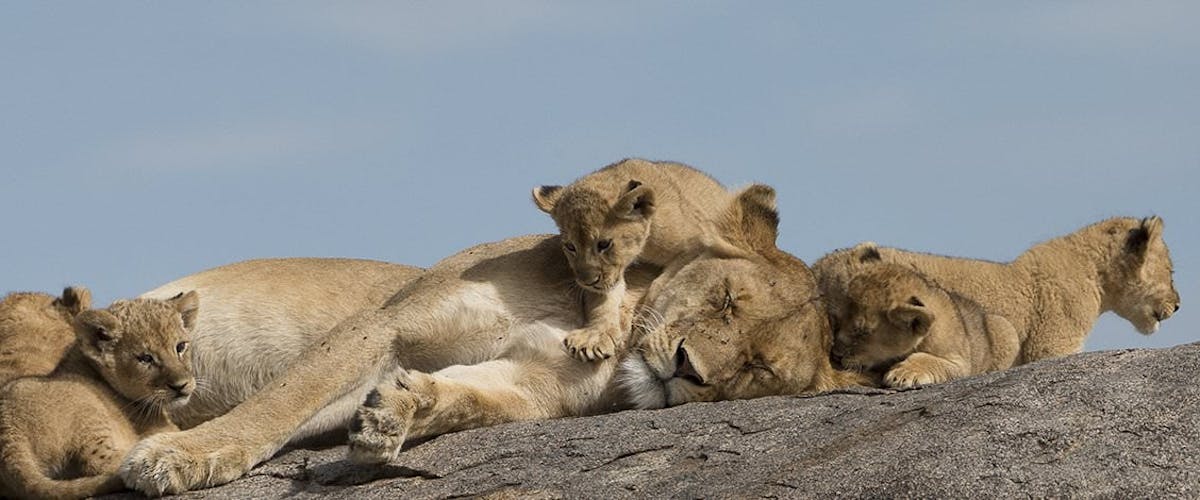


Working with Lions in Africa
Come face to face with Africa’s largest predator
Few experiences are more exhilarating than watching a pride of lions silently stalking through the long grass in search of prey. Their power and skill really is enough to make your hairs stand up on end. But as a volunteer on a lion conservation project, you’ll discover there’s much more to these big cats – and they urgently need your help.
Why choose this experience?
As a volunteer at our lion conservation projects, you’ll get the unique opportunity to study lions in the wild, help care for sick and injured lions, and learn about important conservation issues such as canned lion hunting and cub cuddling.
- Gain a unique first-hand insight into the lives of wild lions by working with conservation professionals
- Join like-minded people in helping to save Africa’s remaining lions
- Learn new skills and knowledge in conservation, zoology, veterinary science or other fields
- Discover Africa’s beautiful ecosystems, away from tourist safaris
Choose your Lion conservation project
From Famous Kruger To Remote Okavango
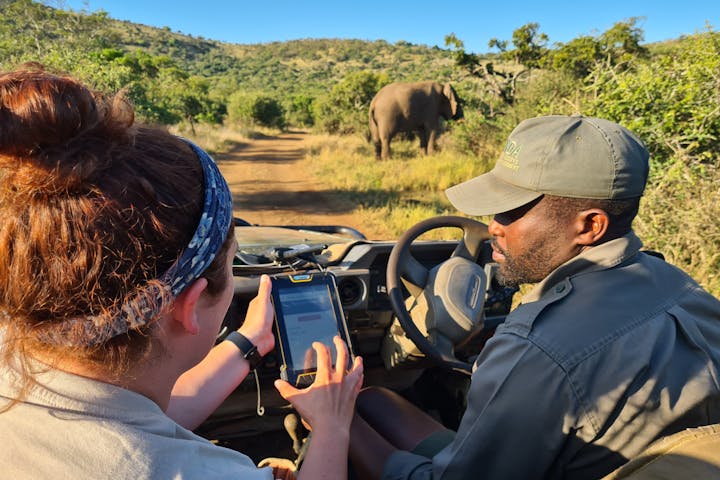



Lion Conservation Experience



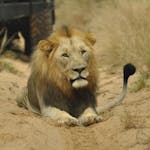
Moholoholo Wildlife Rehabilitation Centre
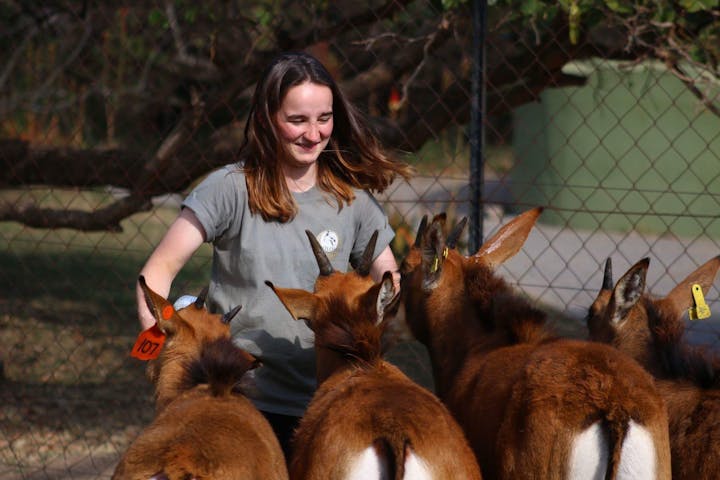



Okavango Wilderness Project




Phinda Wildlife Research Project




The Let’s-Go-All-In Gap Year Experience
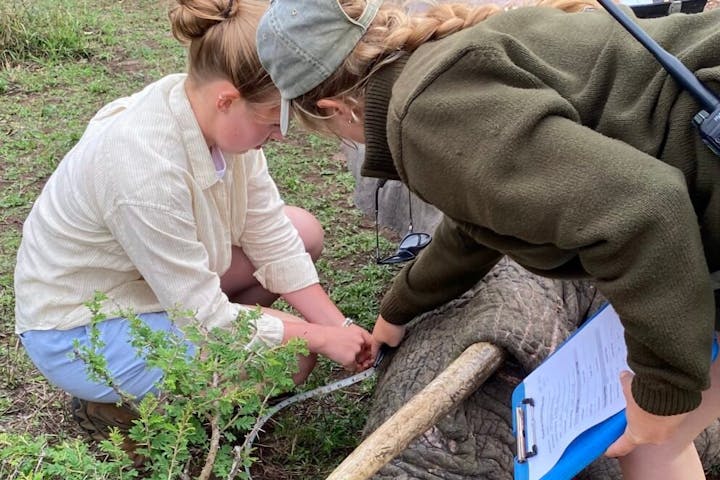



The New Horizons Sabbatical
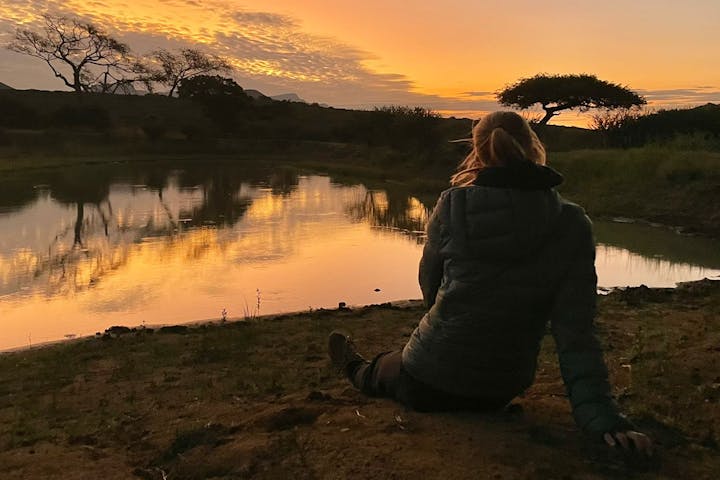



Traveller Stories
6 African lion facts to get your teeth into
1) They’re Africa’s largest predators but what do lions actually eat?
Lions are carnivores and will happily tuck into any animal they can get their claws on. As a volunteer working with lions in Africa, you’ll see their diet consists mostly of common local wildlife such as zebras, giraffes, buffalo and antelope.
2) When they’re hunting another animal, how fast can lions run?
Researchers working with lions in Africa have recorded them running as fast as 50mph (80km/h). That’s more than twice the top speed of the fastest man on Earth, Usain Bolt. However, while lions make excellent sprinters they aren’t cut out for long-distance running and will give up the chase if they don’t catch their prey quickly.
3) How many cubs do lions have during their lifetime?
A lioness will typically have between eight and 18 cubs in her lifetime. Once she reaches sexual maturity, which usually happens around age four, she can give birth to a new litter every two years and each litter produces between one and five cubs. However, lion cub survival rate in the wild is only around 50%.
4) Have you ever wondered: how long do lions live?
Well, the answer depends on their gender. The average lifespan of a male lion is 12 to 16 years while lionesses often live longer, usually between 15 and 18 years.
5) Why do lions have manes?
Only male lions grow a mane, which should give you a clue as to its role – a long, healthy mane shows lionesses that a male lion has strong genes and has survived for many years, suggesting he could be a worthwhile mating partner.
6) How big are lions when they’re fully grown?
A male lion will grow up to around 190kg (420lbs) whereas a lioness will usually be quite a lot smaller at around 130kg (280lbs).
Conservation spotlight: Africa’s blood lions
In 2015, the feature-length documentary Blood Lions brought millions of people’s attention to the cruel and all-too-brief lives of African lions bred in captivity. The film revealed what every conservationist working with lions already knows: the lion breeding industry is an animal rights travesty.
Legal in South Africa, the industry exists primarily for the benefit of trophy hunters and the trade in fresh lion meat. Some breeding facilities also offer tourists the chance to have their photo taken cuddling a lion cub.
According to researchers working with lions, there are hundreds of breeding facilities in South Africa holding thousands of captive lions. This means a large percentage of South Africa’s lion population – probably even the majority – spend their lives in captivity. Following a meeting between the South African government and CITES (Convention in International Trade of Endangered Species) in 2016, it was agreed that over 900 lion carcasses a year could also be exported to the Far East, a decision which has accelerated the growth of the industry.
Usually, such a large-scale breeding programme would have at least some conservation merit. After all, many species are bred in captivity and then introduced into the wild. However, captive lions simply do not learn the huge number of complicated skills they require to survive in the wilderness. Complex pride structures are almost impossible to form unnaturally. This means breeding facilities can’t offer any support to real lion conservation projects, which work to ensure wild animals can survive in their natural habitats.
Canned lion hunting
The word ‘hunting’ may suggest some form of pursuit is involved in this activity, but with canned lion hunting, this couldn’t be further from the truth. Instead, trophy hunters pay large sums of money to participate in a false hunt where they are praised for shooting a drugged lion that has been delivered to a particular spot for that exact purpose.
Conservationists working with lions in Africa are campaigning hard for this widespread barbarism to be made illegal. Even many hunting groups now agree it should be stopped on ethical grounds and because it lacks what they see as the sportsmanship of a wild hunt, where the lion has a small chance of escape. This is a rather warped logic however as wild lion hunting is, if anything, even more devastating than canned hunting and the goal should be to put a stop to all forms of lion hunting.
Despite calls for canned hunting to be banned, governments are reluctant to act as this practice brings in a large number of tourists to Africa every year and provides jobs for rural communities. In fact, the authorities have even helped rebrand canned hunting as ‘captive hunting’ to make it more appealing to trophy hunters. And this is just one of many efforts to legitimise the industry. Some supporters have tried to claim it takes pressure off wild lions or that canned hunting helps conservation by reintroducing captive lions into the wild.
However, these arguments don’t stand up to the evidence. Demand for wild hunting licences hasn’t decreased since canned hunting was introduced (if anything, this cheaper way to kill lions has fuelled more demand for trophy hunting).
Cub cuddling
Many captive lion centres offer tourists the chance to cuddle up to a lion cub or the young of another carnivore species. While this may sound harmless enough, even heart-warming to some, sadly it is just a way for canned hunting facilities to make money from lions before they’re old enough to be hunted or slaughtered for meat.
Young cubs are taken from their mothers in captivity and hand-reared. Then, once they reach maturity, they return to the lion farm where they’re either shot by a trophy hunter for money, used for breeding themselves, or killed and shipped to the Far East for meat.
Rather than revealing the unsavoury truth about their business, predator petting zoos tell tourists their cubs have been abandoned or rescued in the wild. Of course, this is very rarely true. Rescued lion cubs usually end up in a working sanctuary where they receive proper care, rather than a petting zoo where tourists cue up for their 20-minute cuddle!
Thinking of volunteering with lions? Be careful
Many unscrupulous lions and other large carnivore breeding and care centres are marketing themselves to conservation volunteers under false pretences with many of the cubs eventually ending up in the trophy hunting industry.
They may claim to support lion conservation or have a team of scientists on-site, they may even claim to be releasing their lions back into the wild, but can seldom prove this.
Educating yourself so as not to be caught out by projects involved in these practices is vital. Here are five ways you can spot an unethical lion or other large carnivore breeding or care centre.
- They allow the hand-rearing of cubs to be able to offer other human-lion interactions, which they actively market to the public.
- They keep lions in social groups that do not mimic how lions live in the wild.
- They keep lions in enclosures that are small and without any form of enrichment, for example, platforms to climb and shade to rest in.
- They claim to introduce hand-reared lions into the wild. Although this is possible it is very costly, time-consuming and is only done by a few specialist facilities.
- They pass their animals on to unknown and undocumented sources which allows vulnerable animals to end up in canned lion facilities.
There are however a number of large carnivore centres that provide sanctuary for animals that can never be released back into the wild. These centres only allow specific species to breed under strict conditions for clearly defined reasons, for example, to increase genetic diversity, and they never allow the breeding of lions. Animals rescued from exploitative centres often end up at one of these sanctuaries.
If you volunteer at one of our lion conservation projects, you can rest assured you’re making a real difference, helping to protect Africa’s wild lions and joining the fight against cruelty towards captive lions.
Explore other volunteering types
Adventure Learning Experiences
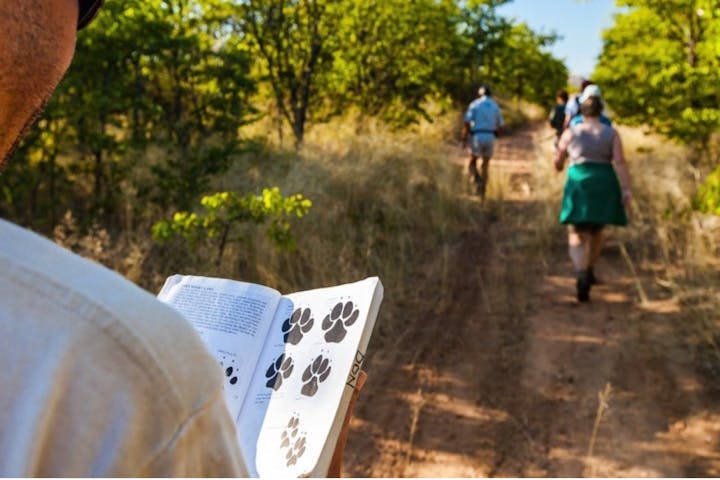



Gap Year Travel




Internships




Marine Conservation Projects




Sabbaticals & Career Breaks




School & College Field Trips




Short Experiences




Wildlife Care & Rehabilitation




Wildlife Research & Management
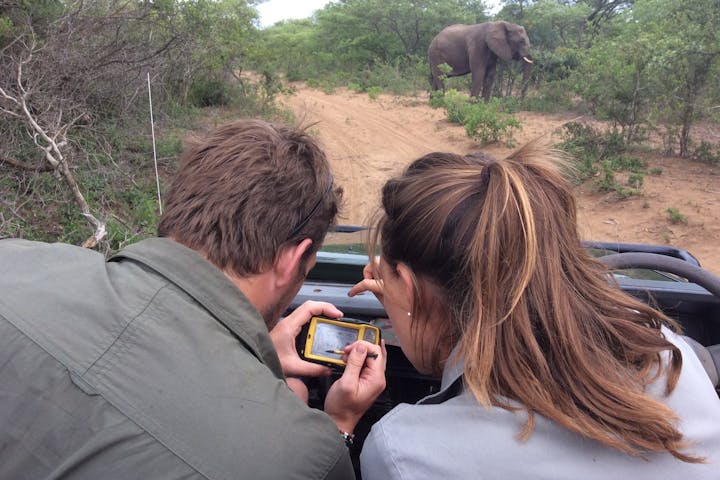



Wildlife Veterinary Projects




Or explore by animal
African Wild Dog Conservation Projects




Elephant Conservation Projects




Rhino Conservation Projects














